
Drive Success with Employee Performance Management 365
Performance Management 365 simplifies real-time reviews, tracking, and evaluations to align teams with company goals.
%20(2)_-jjf6yKKp.webp?updatedAt=1740064535298)
Trusted by 11700+ businesses from 167 countries
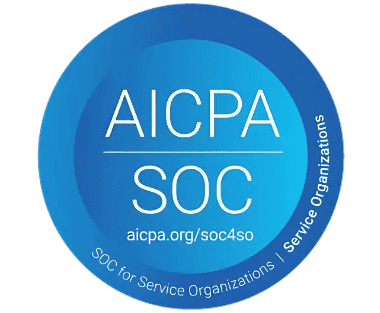
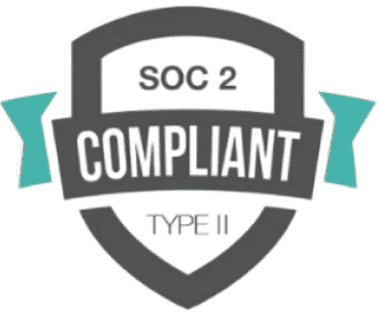
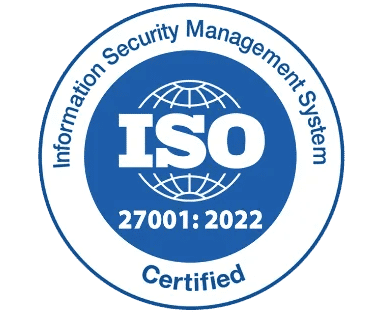
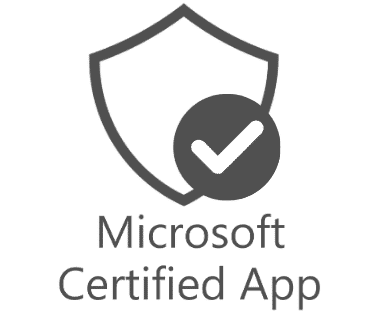

_JiluXJRGNl.svg)

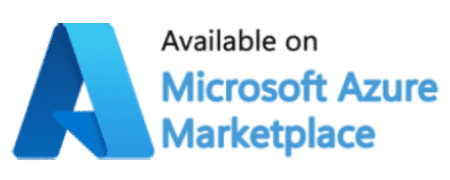
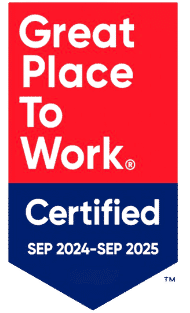
%201_xS9GRGQZx.png)

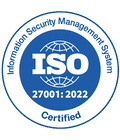

Tools_BestEstimatedROI_Mid-Market_Roi%201_rKe0oiAdA.png)


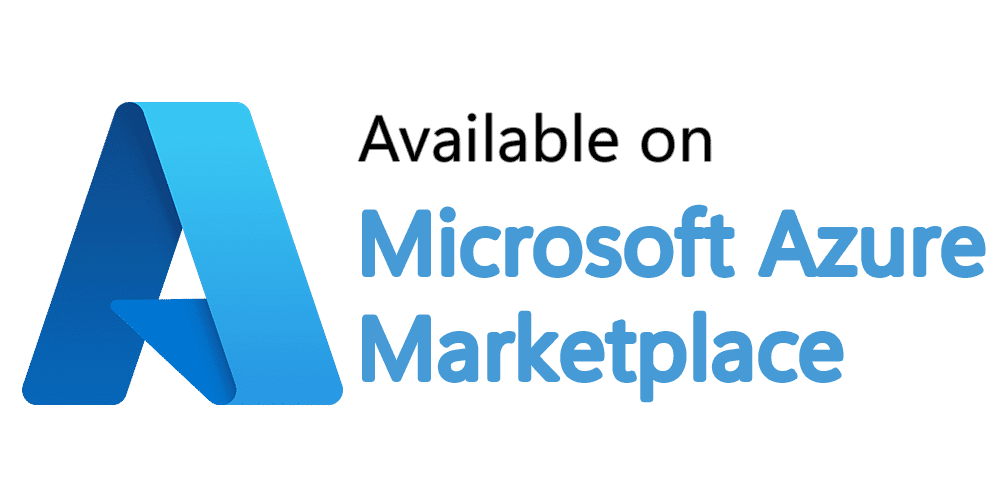






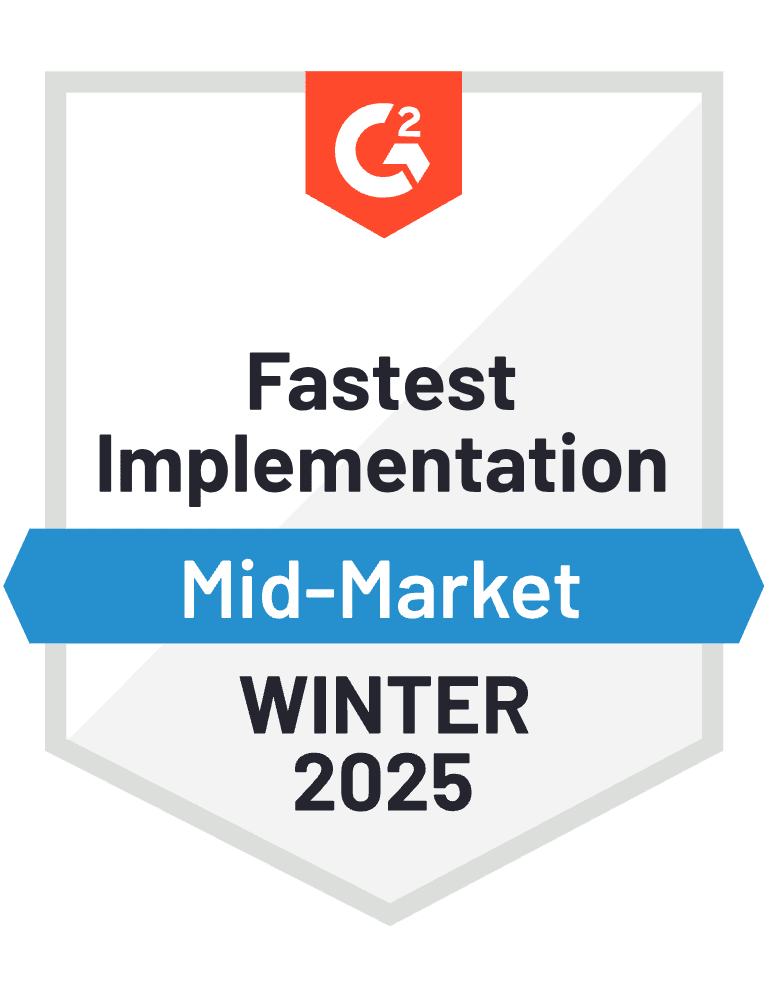





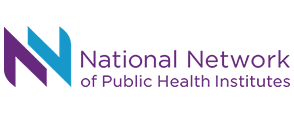

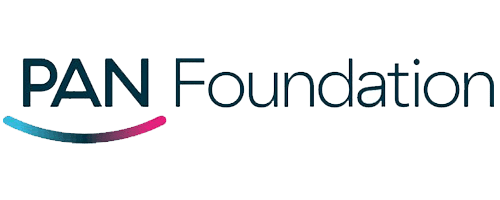



Focus on People and Boost Productivity with Performance Management 365
Performance Management goes beyond processes; it’s about people. Focus on team growth, align efforts with goals, and drive productivity by empowering managers and building high-performing teams Now SharePoint Performance Management 365 App is Available on Microsoft Teams, Outlook & SharePoint.
_t-YZH0fQk.png)
Why Choose Performance Management 365?
Microsoft Performance Management 365 simplifies tracking and improves employee performance. Easily set goals, provide feedback, and monitor progress all in one place. Foster growth, boost motivation, and Continuous feedback across your team effortlessly!
Cyber Security
Cyber Security in GCC & GCC High within the Microsoft environment places high importance on stringent measures to protect sensitive government data, ensuring security with robust defenses and Microsoft applications.
GCC & GCC High
Our apps are built for GCC & GCC high tenants of US Federal clouds.
SOC2 Type II Certified
Our apps ensure security, compliance, and data protection
MS Azure Marketplace
Our apps are tested by Microsoft and available on MS Azure Marketplace
Microsoft Appstore
Our innovative applications are available on the Microsoft Appstore.
Customer Support
Our Support Team merges technical prowess with sincere care, fostering trust through expertise and empathy. They build lasting relationships, transcending mere service to create meaningful connections.
AI Enabled Apps
Our innovative apps are built with the options of Azure AI, Copilot, and custom AI solutions.
Swift Deployment
Choose any deployment method—Teams, Outlook, or SharePoint—that suits your preferences.
Modern UI/UX
Every app is crafted using the latest Fluent UI, ensuring seamless functionality across all devices.
Free Updates
Our valued subscribers enjoy unlimited support, enhancements, features, and updates.

Self-Review
Self-Review lets employees reflect, highlight achievements, and identify improvements, fostering growth and accountability.

Performance Automation
This feature automates goal tracking and feedback, saving time and ensuring accuracy for insightful reviews.

KRA
Set clear, measurable Key Result Areas (KRAs) to track employee progress and align performance with business objectives.

Skills and Competency
Assess and track employees' skills and competencies to ensure they meet job requirements and are prepared for future challenges.

1:1
Facilitate meaningful one-on-one meetings to provide personalized feedback, schedule meetings and address any concerns, all in real-time.

Continuous & 360° Feedback
Foster improvement with continuous feedback from peers and managers, offering a clear view of performance and growth.

Praise and Recognition
Celebrate achievements and recognize hard work in real-time, boosting employee morale and motivation.

Performance Insights
Gain real-time insights into employee performance, identifying strengths, areas for improvement, and opportunities for growth.

Performance Improvement Plan (PIP)
Inspire growth by giving employees a second chance with tailored plans to overcome challenges and succeed.
_daydqQi5lV.svg?updatedAt=1735815636988)
Email Notifications
Stay on top of important updates with automated email alerts for performance reviews, feedback, and goal progress.

KPI Tracking
Set and track Key Performance Indicators (KPIs) to measure employee success and ensure alignment with company goals.

Weightage and Category
Customize performance ratings by setting specific weightages and categories to reflect what matters most in each role.
Work Smarter with AI Helpdesk 365 Software
Let smart solutions handle the heavy lifting, freeing your team to concentrate on what truly counts—supporting others. Microsoft teams ticketing system – Helpdesk 365 helps you automate, organize, and complete tasks easily. No matter how big or small your business is, it helps you work smarter, solve problems faster, and boost productivity without any hassle.
Smart Ticket Routing
Tickets are intelligently routed to the right team or agent, with AI factoring in skills, workload, and urgency to optimize solutions.
Round-the-Clock Virtual Assistant
A virtual assistant powered by AI delivers 24/7 support, answering queries and guiding users through troubleshooting steps.
Sentiment Analysis
Messages are analysed using AI to detect emotions, identifying frustrated customers to ensure responses are prioritized
Dynamic Priority Setting
Ticket priorities are dynamically set based on severity, with AI ensuring that critical issues receive immediate attention.
Automated Customer Follow-Up
Follow-ups are automated through AI, confirming resolution and enhancing customer satisfaction post-ticket closure.
Intelligent Workload Balancing
Agent activity is monitored, and AI ensures tickets are evenly allocated to maintain efficiency and prevent fatigue.
Live Status Notifications
Real-time updates are sent through AI-driven notifications, keeping users and agents informed for a transparent process.
Actionable Feedback Insights
Customer feedback is analysed by AI to highlight strategies and pinpoint areas needing improvement for better service.
Proactive Issue Prediction
AI identifies trends in past tickets to predict potential issues, enabling teams to proactively prepare and address problems.
Microsoft Performance Management Stands Out
Unlock a culture of continuous growth and success with innovative tools that empower employees and streamline performance management.
Benefits of Performance Management Software
Empower your workforce, drive performance, and unlock growth with powerful, time saving performance management software.
Boost Employee Engagement
Keep employees motivated and focused by providing clear goals, regular feedback, and opportunities for growth.
Data-Driven Decisions
Make informed decisions with real-time performance data, tracking progress and identifying key trends.
Easy Collaboration
Simplify teamwork with seamless Microsoft 365 integration, sharing goals, feedback, and updates effortlessly.
Time Saving
Automate performance tracking and feedback to save time, focusing more on growth and less on tasks.
Increase Organizational Performance
Align team goals, track progress, and provide continuous feedback to drive better results across the organization.
Enhance Talent Development
Identify skill gaps, offer personalized learning opportunities, and support career growth for employees.
Boost Productivity with Seamless Integrations
Create custom apps, automate workflows, visualize data, and use chatbots to enhance performance management.
_eXEyQVXbrh.png?updatedAt=1735914125187)
Power Automate
Save time by automating ticket updates, notifications, and approvals for smoother support management.
_Kds_Hz7QcQ.png?updatedAt=1735914124948)
Power BI
Generate clear and detailed reports to better analyse support performance and make informed decisions.
_fKJEyRsAdu.png?updatedAt=1735914124951)
Power Apps
Use AI chatbots to instantly answer common customer support queries or provide ticket updates.
_F7DLaFcFoe.png?updatedAt=1735914125177)
Power Virtual Agent
Build custom apps to enhance ticketing workflows and integrate seamlessly with Performance Management 365.
Employee Performance Management 365 Plans
Standard
$7999
per month, billed yearly
Standard Plan Features
- 10 users
- 2 support tickets per annum
- Free updates via MS store
- Integrates with Office 365
- SharePoint app only
- Data stays in SharePoint
- Multiple roles
Plus
$14999
per month, billed yearly
Everything in Standard and…
- 25 users
- 4 support tickets per annum
- Free updates with support
- KRA Categories
- Custom Logo
- 5 Point rating scale
- Notifications
- Multiple departments & groups
- Multiple appraisal cycles
Premium
$19999
per month, billed yearly
Everything in Plus, and…
- 40 users
- Additional users at $2/user
- Unlimited support tickets
- Microsoft Teams App
- Self-Review
- KRA bank
- KRA templates
- Weighted rating option
- Dashboard - Performance Analytics
- Rating to verbatims
- 360 degree feedback module
- 1:1 meeting tracker Module
- Smart notifications
Enterprise
$24999
per month, billed yearly
Everything in Premium and…
- 50 users
- Additional users at $3/user
- Multiple Reviewers
- 9 point enterprise rating scale
- Multiple rating scales options
- Collaboration timelines
- Dashboard - Org analytics
- 1:1 Meetings on Calendar
- Customizable email notifications
- Customize with Power Automate
- Power BI & Power Apps Integration
- Dedicated Account Manager
- Integration with KRAs
Using Azure? now you can buy on Azure Marketplace or using your enterprise agreement
Get started with 14 days risk free trial.
No credit card details required.
Customer Testimonials
Hear from satisfied organizations that have transformed their IT and internal support with Performance Management 365.
SharePoint Consultant, Raymond West
California
Finance Manager, Exeevo
New York
IT Director, Frontier Waste Solutions
Texas, US
Sharepoint Developer, Recor Medical
Washington, US
Business Manager, Cerilon
Canada
Director of IT, JConnelly
New York
System Admin
Oregon, US
IT Manager, Pallas LLP
England, UK
IT Officer, HanmiGlobal Saudi
Saudi Arabia
ICT Manager, SMT Shipping
Europe
Barton Associates
Cofounder
Vice President of Operations
Head Of Information & Technology
Director of Infrastructure
Schedule a Free Personalised Demo or Free Trail
%202%20(1)_UZpBvPU7A.png?updatedAt=1736170678886)
Frequently Asked Questions
Every company does appraisals, and every employee needs them to grow. Performance Management Software provide continuous feedback, 360-degree feedback, and valuable performance insights. They help track progress, set goals, and align employee growth with company success. This ensures both personal development and organizational growth.
Since Performance and Personal Growth are the backbone of Microsoft 365, SharePoint-hosted data is 100% secured. It uses advanced encryption and strict access controls to protect sensitive information. Regular security updates and compliance with global privacy standards ensure that your data always remains safe and confidential.
The best software for performance management is Performance. It helps businesses track and improve employee performance with ease. With its user-friendly interface, powerful features, and security, it ensures everyone stays on track and aligned with company goals.
Performance Management stands out by offering AI-powered tools, automated performance reviews, and real-time insights. It also integrates perfectly with Microsoft 365 apps, making it easy to use. Additionally, the platform offers customizable dashboards, continuous feedback, and personalized development plans for employees.
Performance Management boosts employee engagement by providing clear goals, ongoing feedback, and regular recognition. Employees feel more motivated and aligned with company objectives when they receive consistent feedback and know where they stand in their personal growth.
Performance Management simplifies the review process by automating performance tracking, feedback collection, and performance reviews. Managers can focus on key insights and meaningful conversations while the system handles the logistics, saving valuable time and improving accuracy.
Performance Management allows you to create customized development plans for employees based on their performance and feedback. This includes setting clear goals, tracking progress, and providing continuous feedback to support employees in their career growth.
Performance Management ensures your data is fully protected by using advanced encryption, strict access controls, and compliance with global privacy standards. With automated updates and regular security enhancements, your performance management data remains safe and confidential.
Performance Management fosters a culture of constant improvement by providing features for continuous feedback. Employees receive ongoing input from managers and peers, helping them track progress, adjust goals, and improve their skills in real-time.
Performance Management is equipped with AI-powered tools like Azure AI, Copilot, and custom AI solutions to automate tasks, track progress, and provide real-time insights. AI helps streamline the review process, allowing managers to focus on growth while the system handles data analysis.
Try It Free, No Obligation
By proceeding, you accept Cubic Logics’s terms and conditions and privacy policy








Schedule a free personalized 1:1 demo
By proceeding, you accept Cubic Logics’s terms and conditions and privacy policy





Let’s Customize a Plan for You
By proceeding, you accept Cubic Logics Terms and Conditions and Privacy Policy
Schedule a free personalized 1:1 demo
By proceeding, you accept Cubic Logics’s terms and conditions and privacy policy








Request for the Custom Price
By proceeding, you accept Cubic Logics Terms and Conditions and Privacy Policy
Request of the Free License
By proceeding, you accept Cubic Logics Terms and Conditions and Privacy Policy
Offer is expiring soon!
Fill in your details below to receive your personalized coupon code.
Start Your Free Experience
By proceeding, you accept Cubic Logics’s terms and conditions and privacy policy







